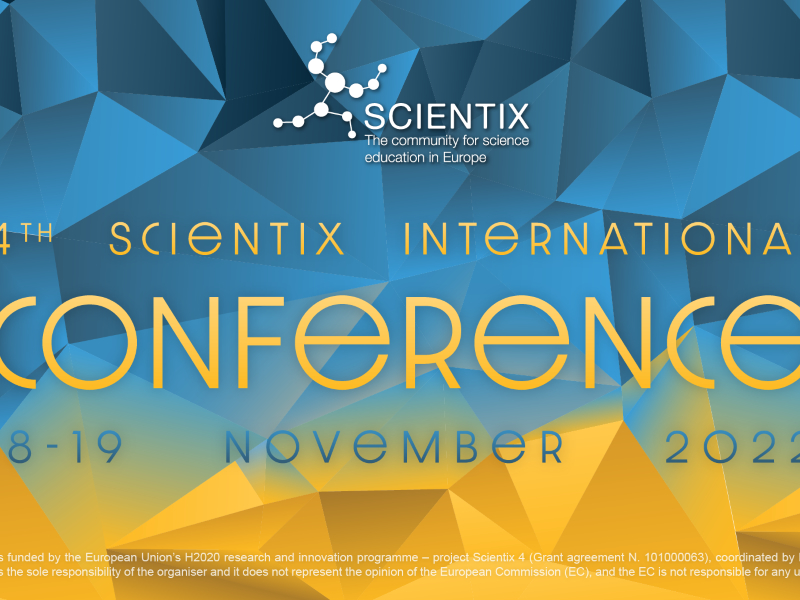The STE(A)M education framework

One of the outputs of the STEAMonEdu project is the “STE(A)M education framework”. The report attempts to bring together the defining elements of STE(A)M education, in order to present a synthetic overview, that would enable educators and policymakers to better design STE(A)M education programmes.
The concept of STE(A)M has evolved under the impulse of a large number of stakeholders, which have sought to develop a support mechanism that encourages learners to take up studies in areas that were seen as key to economic growth. The first chapter takes a look at how STE(A)M education has evolved, trying to make sense of the different iterations that can be found concurrently in educational practices and policies.
An educator needs to map the personal position in the field of STE(A)M education to be able to practice in a responsible and effective manner. In the second chapter, we consider three of the elements that shape the STE(A)M educator’s position:
- Context created by policies
- Roles an educator is expected to perform
- Agendas of the partners of the education system.

There is a growing movement at European level to offer students and educators the opportunity to assess their competences in different areas, in order to facilitate self-direct learning. Based on the DigCompEdu model, the STEAMonEdu Project has undertaken the production of STEAMComp competence framework, with six domains of competence:
1. Content
2. Teaching and learning
3. Organization and Management
4. Professional Engagement
5. Assessment
6. Empowering Learners
Chapter three gives an overview of the STEAMComp model, alongside considerations about frameworks mapping students’ competences.
The report also includes a review of curricular approaches and didactic methodologies associated with STE(A)M education. The rationale behind it was to give the STE(A)M education framework a practice-oriented outlook and to facilitate its deployment in educational contexts. In terms of curricular approaches, it describes six possible routes:
- Transdisciplinary
- Interdisciplinary
- Multi-disciplinary
- Cross-disciplinary
- Arts-integration
- Neo-disciplinary.

The educators’ professional development has emerged as a recognised area of research, due to its importance for the learning process and its influence on student achievement. Chapter five presents some of the elements that define the continuous professional development of educators, such as competence frameworks and the use of MOOCs. The second part of the chapter is dedicated to educator agency within their professional development, because it is very important that educators feel reasonably in control of their own professional development and that they incorporate new content in a meaningful way.
STE(A)M education is still undergoing development, both in terms of theory and practice. What was initially an educational marketing tool, has taken on the shape of a vibrant pedagogical approach, that interrogates both its own nature and the articulation of educational systems across the world.
The entire framework document can be consulted here.
By EOS
Photo by Possessed Photography and Kevin Jarrett on Unsplash


